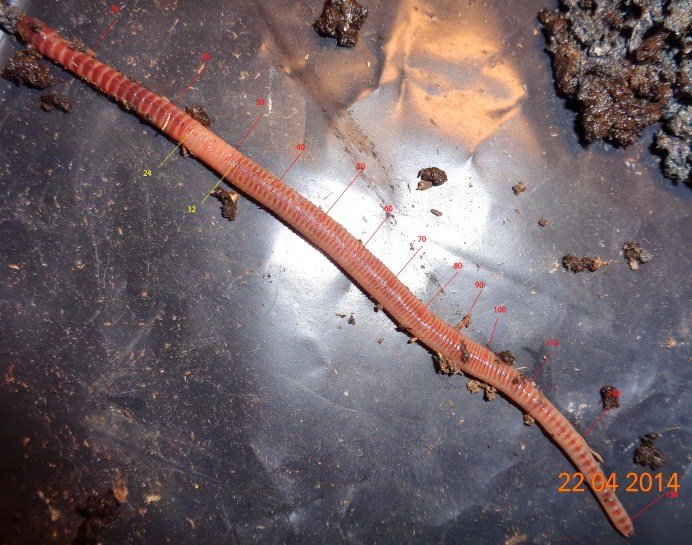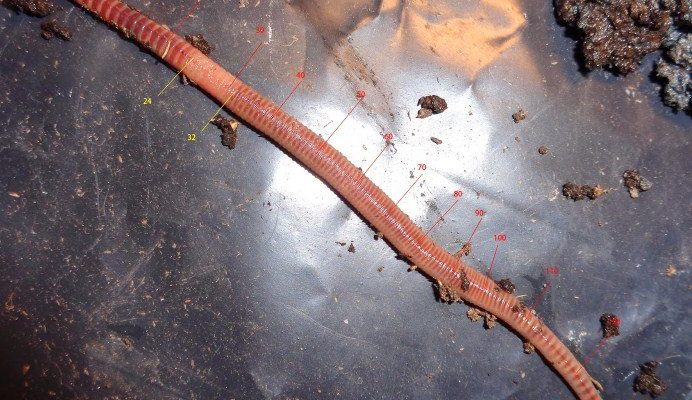
Using field cameras to document *Eisenia hortensis* can be as thrilling as a nature documentary. With the help of a reliable remote camera, like those made by brands such as Bushnell or Browning, you can set up your equipment in various habitats and let it work its magic. The beauty of it all lies in being able to step back and watch without disturbing their natural behavior. So, let’s dig into the fascinating world of earthworm behavior and how to document it effectively.
Why Document *Eisenia Hortensis* Behavior?
You might be wondering, why would anyone want to document the behavior of worms? Well, these little guys are more important than we give them credit for. They help aerate the soil, improve its structure, and even contribute to nutrient cycling. By stacking up information on their habits and habitats, we can better appreciate their role in agriculture and gardening.
Additionally, documenting their behavior can help us understand how environmental factors, like moisture and temperature, affect their activity. Observing them can give you insights into the health of your soil and the ecosystem at large. Plus, it’s a fantastic way to engage with nature and learn more about the creatures that often go unnoticed.
Choosing the Right Field Camera
When you’re ready to start your journey of documenting *Eisenia hortensis*, the first step is to select an appropriate field camera. Look for a model that offers high resolution, good battery life, and motion detection capabilities. Most cameras today come equipped with features like night vision and weather resistance, which are essential for outdoor use.
Here’s a quick list of features to consider:
- Resolution: Aim for at least 1080p for clear images.
- Trigger speed: A faster trigger speed will help capture quick movements.
- Battery life: Longer battery life means less hassle during your observation period.
- Storage capacity: Ensure it has enough space for numerous captures.
Once you’ve picked your camera, take some time to familiarize yourself with its settings. Understanding how to sync it with your smartphone or reset it when needed will make your documenting process smoother.
Setting Up for Success
Now, let’s talk about how to set up your field camera. Location is crucial for capturing the behaviors of *Eisenia hortensis*. They often prefer moist, rich soil, so think about setting your camera in a garden bed, near compost piles, or in a shaded area with plenty of organic matter.
When you find a good spot, make sure to secure the camera at ground level. This is where the action happens! Aim it towards the area where you expect to see the worms, perhaps near decaying leaves or in soil that you know is rich and loose. You also want to ensure that your camera isn’t exposed to direct sunlight, as this can cause glare and reduce the quality of your footage.
Capturing Earthworm Behavior
Once your camera is set up, the real fun begins! Depending on how often you visit your site, the camera will continuously capture footage that can range from a few minutes to several hours. You might catch worms wriggling through the soil, feeding, or even interacting with each other.
Here’s a neat trick: if you’re looking to increase your chances of observing worms, try placing a light layer of organic matter, like kitchen scraps, around your camera. This can attract them, giving you a front-row seat to their everyday actions. Remember, patience is key. They may not show themselves right away.
Analyzing Your Findings
After gathering footage, it’s time to dive into your findings. Watching hours of video can seem tedious, but you’ll likely uncover some interesting behaviors. Pay attention to how they react to moisture levels, their feeding patterns, and any interactions with other soil organisms.
You can take notes while watching, writing down any significant observations or patterns you notice. This will not only help you understand their behavior better but also contribute to any research or personal projects you might have about soil health and ecosystem dynamics.
Challenges and Troubleshooting
While documenting *Eisenia hortensis*, you might run into a few hiccups. One common issue is a camera not capturing images properly or running out of battery life. If you notice your footage is limited, check the camera’s settings. Make sure it’s set to capture at the right intervals and that the batteries are fresh.
Additionally, if the camera isn’t triggering, it may be too high above ground or facing away from the action. A quick adjustment can make all the difference. If you find that your storage is filling up quickly, consider using a larger SD card or adjusting the resolution settings to save space.
Why It Matters
Documenting the behavior of *Eisenia hortensis* goes beyond just personal interest; it plays an essential role in understanding our environment. Through observing these earthworms, you can learn about soil health and how to promote sustainable gardening practices. This knowledge can help cultivate healthier gardens and contribute to better agricultural techniques.
Moreover, these insights bring awareness to what happens underground, often unseen but crucial for our ecosystem. So, next time you dig in the dirt, remember that there’s a whole community beneath the surface just waiting to be observed.
In conclusion, documenting the behaviors of *Eisenia hortensis* with field cameras can be both an enjoyable hobby and an educational journey. Setting up the right equipment, choosing the perfect location, and patiently observing these fascinating creatures can lead to insightful discoveries. So grab your camera, head outdoors, and start exploring the hidden world of earthworms!

